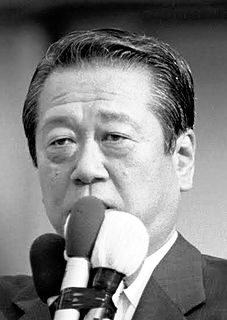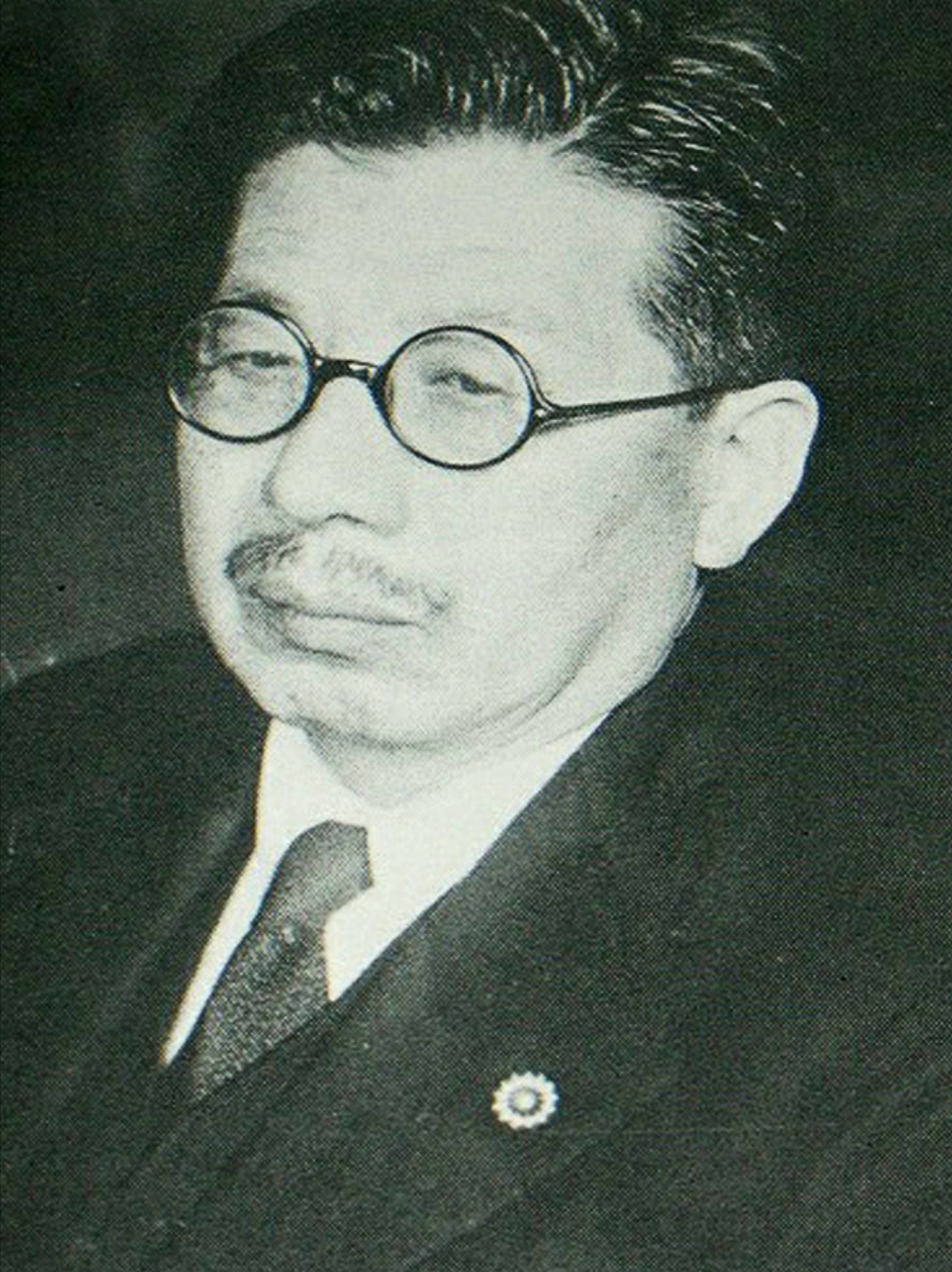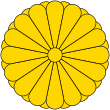The Japanese political process has three types of elections: general elections to the House of Representatives held every four years, elections to the House of Councillors held every three years to choose one-half of its members, and local elections held every four years for offices in prefectures, cities, and villages. Elections are supervised by election committees at each administrative level under the general direction of the Central Election Administration Committee, an attached organization to the Ministry of Internal Affairs and Communications (MIC). The minimum voting age in Japan's non-compulsory electoral system was reduced from twenty to eighteen years in June 2016. Voters must satisfy a three-month residency requirement before being allowed to cast a ballot.
The Minister of Finance is the member of the Cabinet of Japan in charge of the Ministry of Finance. This position was formerly cited as being Japan's most powerful and one of the world's, because Japan had historically held the largest foreign exchange reserves. It seems that title has been passed to Bank of Japan governors, due to Japan's position as the world's largest and lowest rate creditor.
Events in the year 1947 in Japan.

The 21st Elections to the House of Councillors for the upper house of the legislature of Japan were held on July 29, 2007. The date was originally to be July 22, but the ruling Liberal Democratic Party (LDP) decided in mid-June to extend the session of the House for a week to finish up legislative business; this step was criticised due to the short-term delay.

The 22nd Elections to the House of Councillors for the upper house of the legislature of Japan were held on July 11, 2010. In the last election in 2007, the Liberal Democratic Party (LDP) lost its majority to the Democratic Party (DPJ), which managed to gain the largest margin since its formation in 1996. The House of Councillors is elected by halves to six-year terms. The seats up for election in 2010 were last contested in the 2004 election.

The 23rd general elections of members of the House of Representatives, the lower house of the National Diet of Japan, were held on 25 April 1947. The Japan Socialist Party won 144 of the 466 seats, making it the largest party in the House of Representatives following the election. Voter turnout was 67.9%. It was the last election technically held under the Meiji Constitution in preparation for the current Constitution of Japan which became effective several days later on 3 May 1947. The upper house of the Diet was also elected by the people under the new constitution, the first ordinary election of members of the House of Councillors had been held five days before.
The Hokkaido at-large district is a constituency of the House of Councillors in the Diet of Japan. It consists of the prefecture (dō) of Hokkai[dō] and is currently represented by five Councillors electing three at a time every three years by single non-transferable vote for six-year terms. In the election period from 2016 to 2019, Hokkaido's Councillors are:

The Katayama Cabinet governed Japan under the leadership of Prime Minister Tetsu Katayama from May 1947 to March 1948. It was the first cabinet under the postwar constitution.

The 24th regular election of members of the House of Councillors was held on Sunday 10 July 2016 to elect 121 of the 242 members of the House of Councillors, the upper house of the 717-member bicameral National Diet of Japan, for a term of six years. As a result of the election, the LDP/Komeito coalition gained ten seats for a total of 146, the largest coalition achieved since the size of the house was set at 242 seats.
The Dōshikai was a political party in Japan.
The Miyagi at-large district is a constituency that represents Miyagi Prefecture in the House of Councillors in the Diet of Japan. It currently has three Councillors in the 242-member house, but this representation will decrease to two at the next election, to be held by July 2019.
The Dai-Niin Club was a political party in Japan.
The Ibaraki at-large district is a constituency that represents Ibaraki Prefecture in the House of Councillors in the Diet of Japan. It has four Councillors in the 242-member house.
The Chiba at-large district is a constituency that represents Chiba Prefecture in the House of Councillors in the Diet of Japan. It has six Councillors in the 242-member house.
The Niigata at-large district is a constituency that represents Niigata Prefecture in the House of Councillors in the Diet of Japan. It currently has three Councillors in the 242-member house, but this representation will decrease to two by July 2019.
The Yamanashi at-large district is a constituency that represents Yamanashi Prefecture in the House of Councillors in the Diet of Japan. It has two Councillors in the 242-member house.
The Shizuoka at-large district is a constituency that represents Shizuoka Prefecture in the House of Councillors in the Diet of Japan. It has four Councillors in the 242-member house.
The Kyoto at-large district is a constituency that represents Kyoto Prefecture in the House of Councillors of the Diet of Japan. It has four Councillors in the 242-member house.

The 2018 Havering London Borough Council election was held on 3 May 2018 to elect members of Havering London Borough Council in Greater London. Elections were held for all 53 seats on the council. This was on the same day as other local elections.













